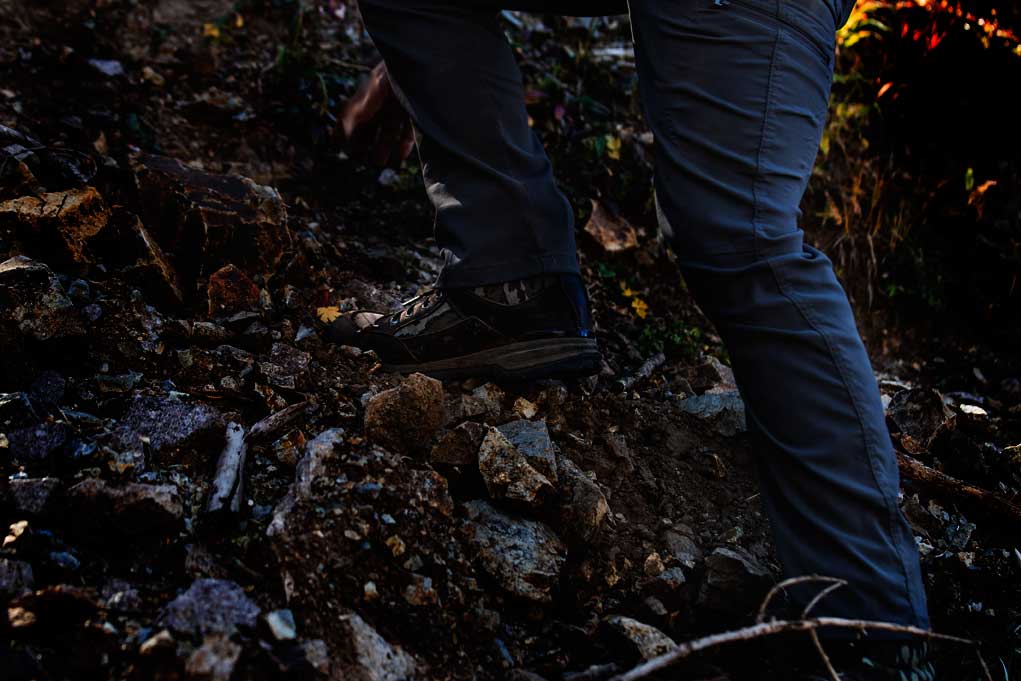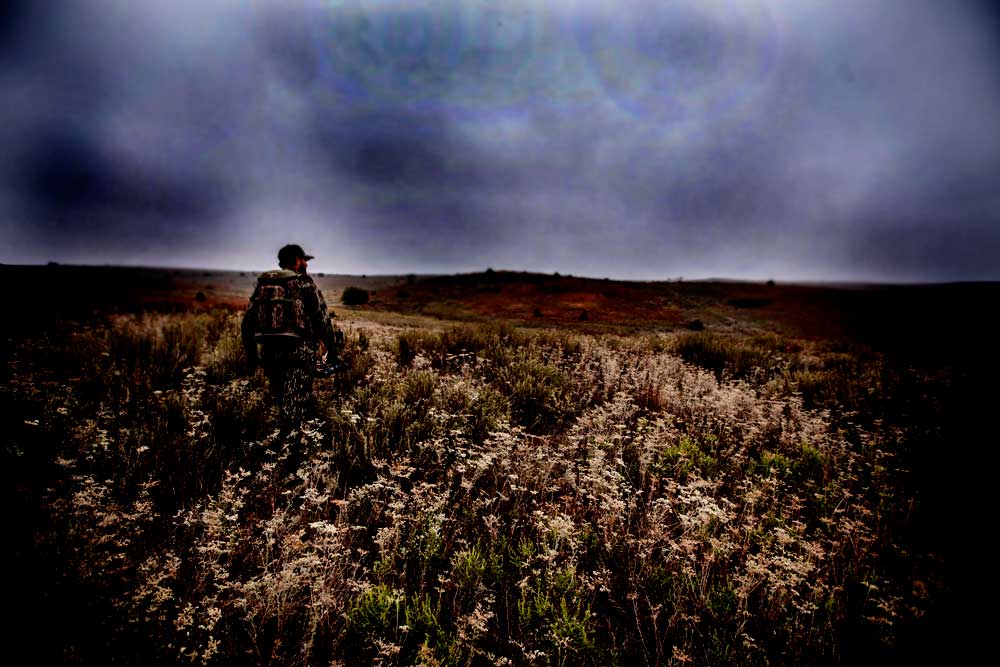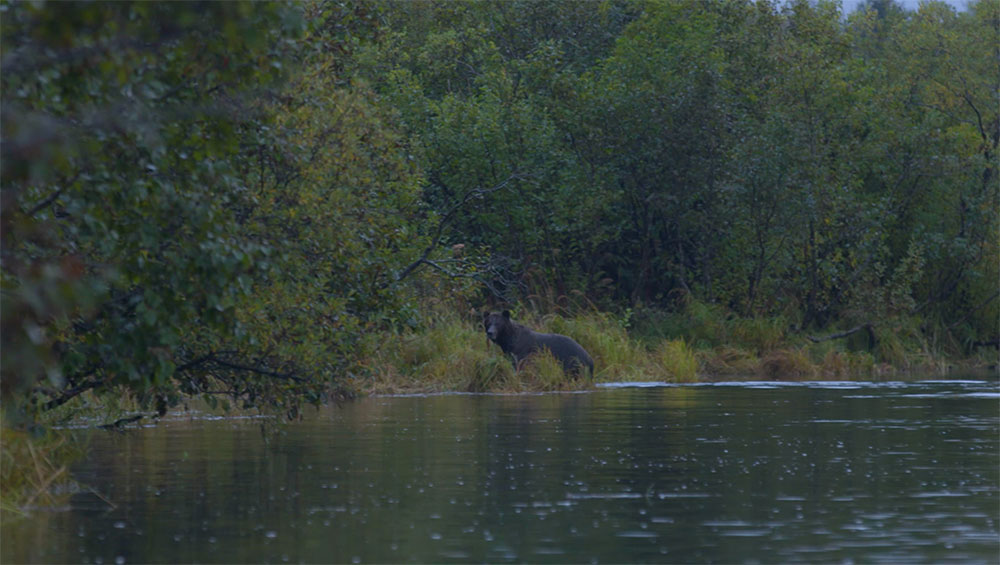Hiking is usually considered a daytime activity, but night hikes bring out a different side of nature. Not only do you get to enjoy trails in relative peace, but you can also see different animals than during the day.
Naturally, night hiking comes with a unique set of risks. These risks are minimal if the trail is well-maintained and in an area with few nocturnal predators, but they sharply increase on some less-traveled trails.
No matter what kind of trail you end up on, there are some basic best practices for keeping you and your party safe. Here are the basics for safety and emergency preparedness year-round for novice and experienced hikers alike.

Bring Extra Layers
When the sun goes down, the temperature outdoors can drop quickly. Even in the middle of summer, temperatures can become uncomfortably cold within an hour. Bringing extra layers can make a huge difference in your safety and overall comfort level.
Your risk of hypothermia increases if you get wet, so it’s even more important to bring extra layers if it’s rainy or you will be hiking near rivers. A slip and fall into the mud could leave you soaked.
The best layers partly depend on the predicted temperature and weather, but, as a general rule, multiple thin, long-sleeve layers are best for staying warm and comfortable. Try to include some reflective elements, especially for children. Clothing made from lightweight, breathable fabrics, such as Thinsulate™, can help regulate your core body temperature and wick away moisture.
If you are snow hiking or even just hiking in cool springtime temperatures, you also need extra socks in your bag to slide on in case your socks get wet.
Keep Your Pack Well-Organized
If you are wondering how to prepare for a hike in low light conditions, packing your backpack the right way is key.
Items are harder to access when there is low visibility, so you’ll need to pack lighter and more efficiently. Leave unnecessary items like sunscreen at home, and pack only the night-time essentials, including:
- Insect repellant
- First aid kit
- Extra batteries for your headlamp
- GPS
- Signal flares
- Fire-starting kit
Pack your backpack with the heaviest items toward the center of your pack, to avoid back strain, and the most frequently accessed items at the top in the pack’s brain.
Head Out Before Dark

A night hike doesn’t have to take place once it is dark. Timing your hike so you cover one length of the trail before it gets dark gives you a chance to familiarize yourself with the route, making the return trip safer.
Hiking while the sun sets also allows your eyes to adjust to the darkness more naturally. Going straight from your car or cabin out into the darkness means you’ll be starting the trail before your eyes have fully adjusted, which can be dangerous.
Heading out before dark also allows you to enjoy the sunset from the middle of nature. Do some research to find a great spot to watch the sunset, and then time your hike so you get to that spot just in time.
Use a Headlamp
Having a light source is critical, even if the moon is out and your eyes have adjusted to the darkness. Many people use a flashlight, but having a flashlight in your hand makes it harder to catch yourself in case you stumble or fall. Plus, having a walking stick in one hand and a flashlight in the other makes it tricky to grab water bottles or other supplies out of your backpack.
A headlamp is the best way to keep the path ahead of you illuminated with your hands free. You can get headlamps in all sizes, so make sure each member of your party has one they can use if needed. You may need to position or angle your headlamp so it doesn’t shine in other people’s eyes when you face them, so practice headlamp etiquette before heading out.
Choose a Familiar Trail
Setting out on a trail you’ve never been on before is best done in daylight hours. Even if you have a good light source and a map, recognizing landmarks is much more difficult in the dark. Losing your way after dark could have serious consequences, especially if the trail is not well-maintained.
Stick to trails you’ve done at least a few times before. This way, you can be sure of the terrain and know the trail is clearly marked and safely maintained. You’ll also know major forks in the path and landmarks near the trail, even if they’re harder to spot at night.
It’s even better if you can scout the trail a day or two before. Trail conditions can frequently change due to fallen tree limbs and erosion, especially in mountains and hilly areas. If it’s been a few months since you’ve last hiked the trail, your memories of it might not match reality.

Pay Attention to Local Information
In some cases, a trail will be closed after dark, especially in areas where novice hikers tend to gather. Pay attention to all local laws and signage, even if you’re experienced and know the area well. Local wildlife authorities may close the area after dark due to coyotes, wild boars, bears and other predators.
There may also be additional restrictions in place about parking, or some areas may be off-limits to non-hunters during certain times of the year. It’s best to check with local authorities right before you go on your hike instead of relying on information a few weeks or months old.
Even if there are no specific restrictions in place, make sure to familiarize yourself with local predators and how to deal with them. Depending on your location, you may want to carry bear spray or a similar deterrent. Ensure everyone in your party is trained on safety dos and don’ts if they notice a predator nearby.
Your Hunting Gear Partner
Safety preparations and staying alert are critical to night hiking safely, but your efforts are incomplete without the right hiking gear. Mossy Oak provides high-quality outdoor clothing you can trust. Whether you’re heading out in the middle of the night or going on a daytime hunting trip, count on us for comfortable and durable clothing for the whole family.






























